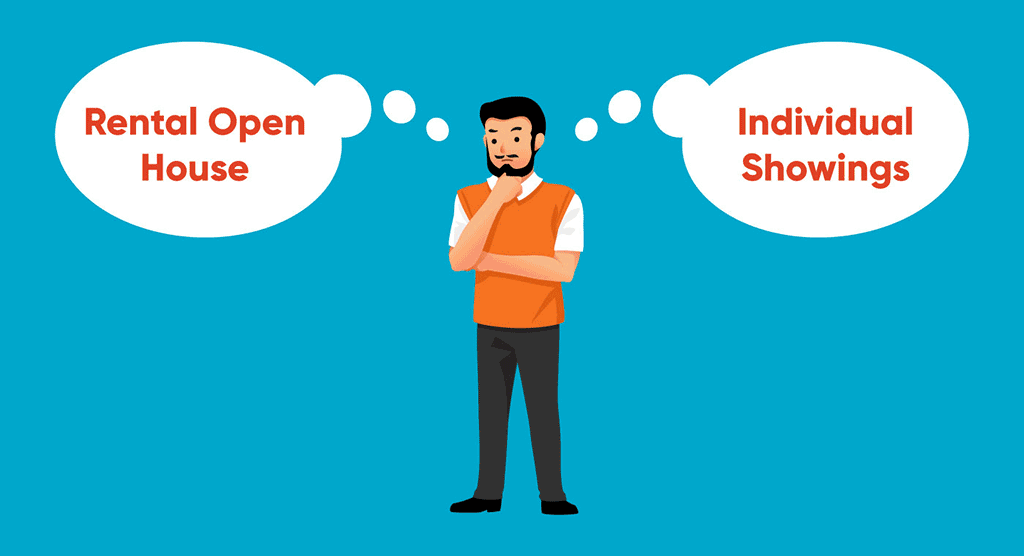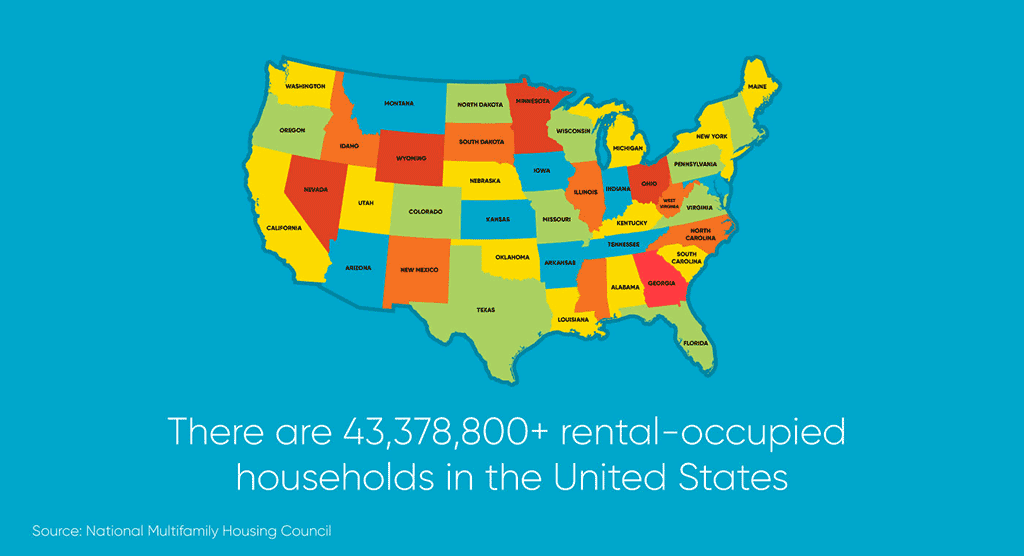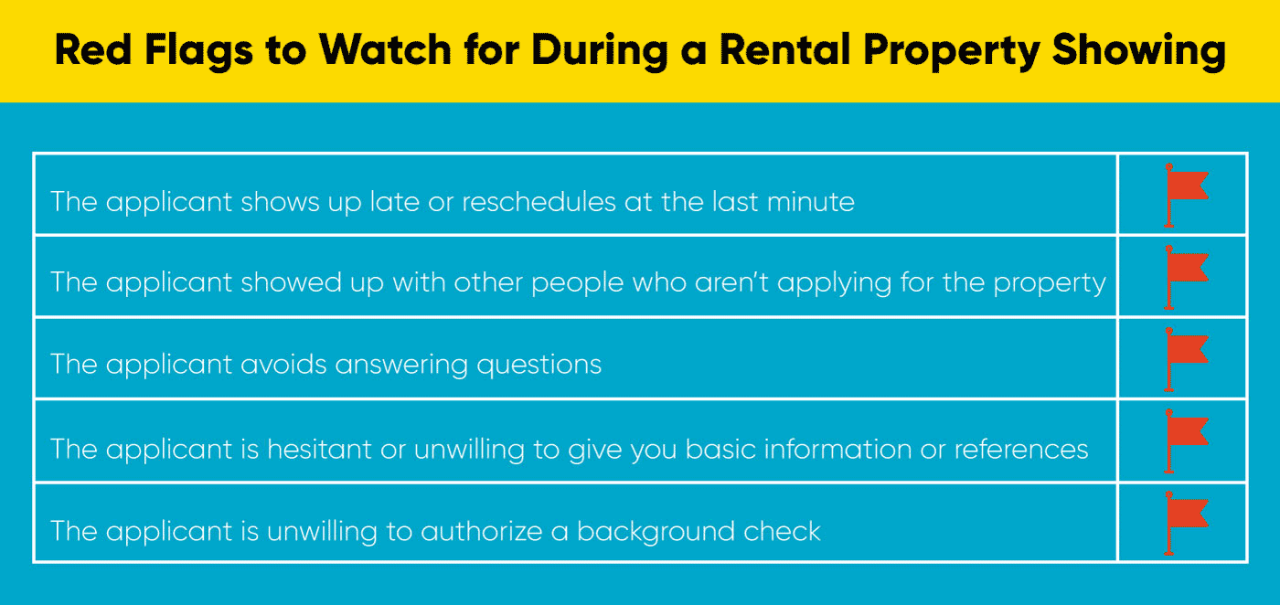Disclosure:
This content, except as otherwise indicated or stated on this site, is the property of TransUnion Rental Screening Solutions, Inc. This content is for educational purposes and for convenience only. Trademarks used are the property of their respective owners, and no endorsement or affiliation is implied. The information presented in this content is “as is” without warranties of any kind, and specifically is not represented to be complete and does not constitute legal advice, and is subject to change without notice. You are encouraged to check these terms from time to time for changes, and by accessing this site you agree to these terms and all terms listed. Laws and regulations may vary by state and locality. Consult your own counsel if you have legal questions related to your rental property practices and processes.
Look sharp. In the rental game, image is everything. If you want to attract great tenants and prevent costly vacancies, then your property needs to look the part. After all, you wouldn’t show up to a job interview without ironing your shirt. So, why would you show your rental property without making sure it looks its best?
According to some market estimates, the average cost of a vacant property can reach $1,750 a month, making it crucial to do everything you can to rent your empty property quickly. That includes hosting a successful showing. Without one, you might be stuck in a situation where you can’t pay your own bills.
To attract renters, your property needs to be attractive—from start to finish. After you entice potential applicants with a great rental ad, it’s time to win them over with a flawless unit showing. After that, you just need to make sure you’re truly compatible with a tenant through comprehensive online screening with a service like TransUnion SmartMove.
So, get ready to woo great renters. And with the help of this guide, your unit will be irresistible in no time.
Should I host an open house or schedule individual appointments?
Choosing between a rental open house or scheduling individual appointments is the first big decision to make when showing your property. Doing it the right way can help you attract the quality tenants you’re looking for. Both options have their benefits and drawbacks.

Pros and Cons of a Rental Open House
A rental open house is a specific window of time, during which all interested renters can check out the unit and meet the landlord or property manager.
Benefits of a Rental Open House
Hosting a rental open house may save time. You can show the rental to multiple people at once and you don’t have to go back and forth from the rental property each time you schedule a showing.
An open house may also create more competition, even if the rental market in your area is slow. If applicants see that other people are interested, then they may be more inclined to apply right away.
Drawbacks of a Rental Open House
One drawback of an open house is the inability to get a good read on prospective tenants. You’ll be talking to multiple applicants and might not be able to spend too much time getting to know them individually.
Pros and Cons of Scheduling Individual Showings
An individual requires communicating with applicants ahead of time and arranging specific appointment times for them to come see the property. This method allows you to ask screening questions before meeting the prospective tenant in person and it may help you narrow down your pool of applicants early on.
Benefits of an Individual Showing
You can focus on each applicant and make a more in-depth first impression. For example, it might be easier to spot tenant warning signs in their communication and behavior.
An individual open house showing also enables you to spend more time highlighting amenities that are tailored to each applicant. For example, when families are touring the rental, you can emphasize the game room. When you’re showing the rental to young professionals, you could mention the proximity to commuting options.
Drawbacks of an Individual Showing
Individualized showings take more time and effort. You need to schedule separate showings for each interested person, which can be a burden. However, it might be the right route if you have fewer applicants. If you do opt for individual showings, be diligent with your scheduling process to ensure you don’t miss any appointments and can prepare the property accordingly.

How to Host a Rental Property Open House if Current Tenants Still Live There
If you’re renting out your home because the current tenants have decided to leave at the end of their lease, then you’ll need to consider their presence in the space before showing the property.
Pros of hosting a rental open house after current tenants have vacated the property
If the tenants have already left the property, then you can ensure it’s in great condition and potentially have a better showing. You also don’t have to work around the current tenants’ schedule and instead can set up showing appointments at your leisure.
Pros of hosting a rental open house with tenants still there
If you start showing your property before the current tenants move out, then you have a better chance at preventing costly vacancies. This is essential, as even a small gap in tenants can have a huge financial impact on independent landlords.
In addition, it is simpler to transfer utilities from tenant-to-tenant rather than tenant-to-landlord-to-tenant. Getting involved in such utility transfers can quickly become a pain.
If you decide to show the house while the current tenants still live there, then you must give them enough notice. It’s not only courteous—it’s generally the law (be sure to check the legal requirements applicable to you and/or consult legal counsel). Landlords usually are legally required to provide written notice to the tenant anytime they enter the property.
Typically, a landlord must give notice at least 24 hours before entering, but it’s a good idea to double-check your state’s and local county regulations. Make sure you include this provision in your lease regarding future showings, which is sometimes formally known as the “right to entry.”
Arranging entry times with your current tenant also gives them time to prepare the space for viewing.
Best practices for showing a rental property with a current tenant still living there:
- Ask what time is convenient: It’s best if your current tenant is not in the home while you show the property. Work to find a time that is convenient for everyone.
- Offer an incentive: A gift card or discount on the last month of rent is courteous and may entice the tenant to better prepare the space for viewing.
- Hire a professional cleaner: You may want to consider hiring a cleaning service to come in to prepare the space. Your current tenant can enjoy it for the rest of their lease and it will ensure the property is ready for prospective tenants to view.
- Be timely: You can’t force your current tenant out of the unit for an entire day. If you schedule individual appointments, make them a half-hour or less. If you host a rental open house, try not to exceed a few hours
Get the House Move-In Ready
First impressions matter. Landlords should only show a move-in-ready rental property. If the property is empty, dummies.com suggests that landlords :
Perform any necessary repairs:
- Fix holes in walls/doors
- Replace broken windows/screens
- Replace or repair damaged flooring
- Fix or replace faulty appliances
- Make sure the property is spotless. Consider hiring a professional cleaner
- Deep clean all carpets
Performing maintenance checks, including:
- Plumbing
- Heating
- Appliances
- Hardware, especially latches and catches
Make your property look great; it is easier for renters to imagine themselves living in a space if it is clean and smells nice. It will also show that you are an attentive landlord, making it more likely that they will apply.
Advertise Your Rental Open House
Once the house is ready for viewing, it’s time to advertise. Do so at least a week or two before you want to schedule appointments or host an open house.
An effective rental ad is crucial to attracting a healthy pool of great applicants. Creating a high-quality rental listing will attract applicants quickly, making it easier for you to fill your vacancy.

Make sure to consider including the following on your listing:
- Basic property and lease information
- Rent amount
- Security deposit
- Monthly income requirement
- Application fee
- Duration of lease
- Move-in date
- Pet policy
- Utilities included if any.
You may also want to include your tenant screening requirements, so applicants know what to expect from the outset. For example, you might want to say on your rental listing:
- All applicants are required to submit a rental application
- All applicants are required to provide a rental history report
- All applicants are required to complete a credit and background check
In all instances, you should review the laws applicable to you and/or consult legal counsel.
If applicants are unwilling to meet any of the conditions outlined in your listing, then it could give you the chance and ability to remove them from the applicant pool right away in the early stages.
You should also include high-quality photos of the property. Use both interior and exterior shots to give prospective tenants an idea of features before the open house. Make sure the space is well-lit, free from clutter, and looks welcoming.
Finally, you’ll want to close out your rental listing by highlighting any popular amenities offered. After all, there are 43,378,800+ rental-occupied households in the United States, according to the National Multifamily Housing Council. How are you going to make your property stand out?

If your property offers amenities tenants want, then identify them in your rental listing to entice open house attendees. Examples may include:
- Additional on-site storage
- Air conditioning
- Location (proximity to schools, stores, gyms, nightlife, etc.)
- Washer/dryer in unit
- BBQs on site
- Pool or gym
- Utilities included
- Pet policy
Post your listing in as many places as possible to attract the attention of local community members as well as prospective renters looking to move into the area:
- Online sites such as Hotpads.com, Apartments.com, etc.
- Local bulletin boards at community spaces
- Social media posts and ads
- Signage at the property itself
Tips for the Day of Your Rental Property Showing
Whether you choose to host a rental open house or schedule individual showings, keep the following tips in mind:
- Smell: It should smell nice and welcoming. Use air fresheners or bake cookies right before prospective tenants arrive.
- Open up the space: Open windows or doors to increase natural light. If furnished, then consider getting rid of heavy drapery that can darken a room.
- Small touches: Using flowers or decorative items can make the unit seem cozier and may help tenants envision themselves in the space better.
- Comfortable temperature: Make sure the indoor temperature is comfortable. If the showing is going to happen during hot summer months, then go early to turn the AC on. Likewise, if the showing occurs over the winter months, make sure the heater is running.
- Show off the exterior: Some tenants may be looking for a rental property that boasts a nice front yard or backyard. Show potential tenants any outdoor living spaces.
- Features: Highlight the marketable features of your rental property. Think back to your listing and talk about the selling points that may entice a prospective tenant.
- Be courteous and respectful: While this is your chance to start screening potential applicants, it’s also the time to make a good first impression of yourself. A good landlord-tenant relationship starts from the first day, so conduct yourself accordingly.
- Have applications ready: Some tenants may be ready to apply immediately. Have applications available for interested parties.
What to Look for During the Showing
As you show the property, consider your prospective tenant’s behavior. It can reflect their motivations, trustworthiness, and other relevant character traits.
It could be a major red flag if your applicant:
- Shows up late or reschedules at the last minute
- Avoids answering questions
- Hesitates or is unwilling to give you basic information or references
- Refuses to authorize a background check

If you do spot any of the above during your rental property showing, you may want to move on to another candidate. Always check the laws applicable to you and/or reach out to legal counsel about your obligations and responsibilities.
Get the Right Tenants through the Door with Comprehensive Screening
Showing your rental property in the best light possible may translate to quicker tenant placement, so you can start getting paid sooner. That said, you must be extremely careful about who you select to live in your property. After all, anyone can show up to an open house: know exactly who you’re renting to with comprehensive tenant screening.
With TransUnion SmartMove®, you can run a background check almost instantly.
SmartMove’s credit report, you can verify an applicant’s financial history. Backed by TransUnion, a reputable credit reporting agency for over 40 years, trusted reports are sent to you in minutes. And, with our proprietary Income Insights report, landlords can analyze an applicant’s income in minutes to determine if further income checks are needed. Knowing that your applicant is capable of paying the rent could help you avoid future non-payment issues—and the expensive headache of having to evict a tenant.
Even if an applicant made an excellent first impression at your open house, there could still be some major red flags looming just under the surface. SmartMove tenant screening can help you to identify potential red flags and verify that your rental applicant is just as great as they look.
So, smile for the camera. Get your unit ready. Put in the effort and you’ll be well on your way to hosting a successful open house—and finding your next best renters—in no time.
Know your applicant.
Additional Disclosure:
For complete details of any product mentioned in this article, visit www.transunion.com. This site is governed by the TransUnion Rental Screening Privacy Policy Privacy Notice located at TransUnion Rental Screening Solutions, Inc. Privacy Notice | TransUnion.



